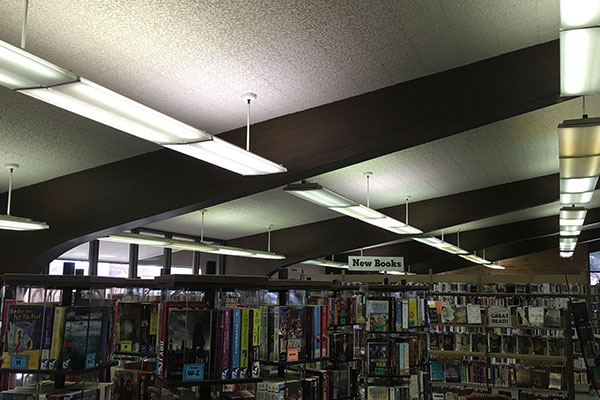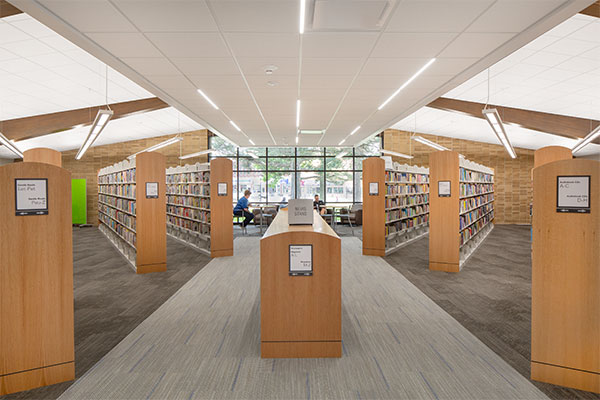
Can Lighting Really Affect Health and Performance?
by: Andy Landman
With the rise of LED lighting and new methods of controlling our lit environments, new possibilities are opening up for building designers and building owners. Terms like “human centric lighting”, “tunable lighting”, “circadian rhythms”, are being used to try to describe the visual and non-visual effects that artificial lighting has on people. All of this begs the question – “How should we be evaluating the claims being made about artificial lighting and its effects on health and performance?”


Recently, the US Department of Energy released a study titled “Tuning the Light in Classrooms: Evaluating Trial LED Lighting Systems…” (https://www.energy.gov/eere/ssl/downloads/tuning-light-classrooms). This study evaluated three Texas classrooms, a fourth grade reading classroom, a fifth grade math and science room, and an eight grade science lab. Existing fluorescent lighting was replaced with a “tunable white” LED lighting system allowing the intensity and color temperature of the fixtures to be varied over the course of the school day. To summarize the results, the faculty and students noticed an improvement in the room environment due to the additional control the lighting system offered, but the “circadian and behavioral effects were beyond the scope of the project.” By the study’s own admission, we currently lack methods to quantify and justify the non-visual effects of these lighting systems.
